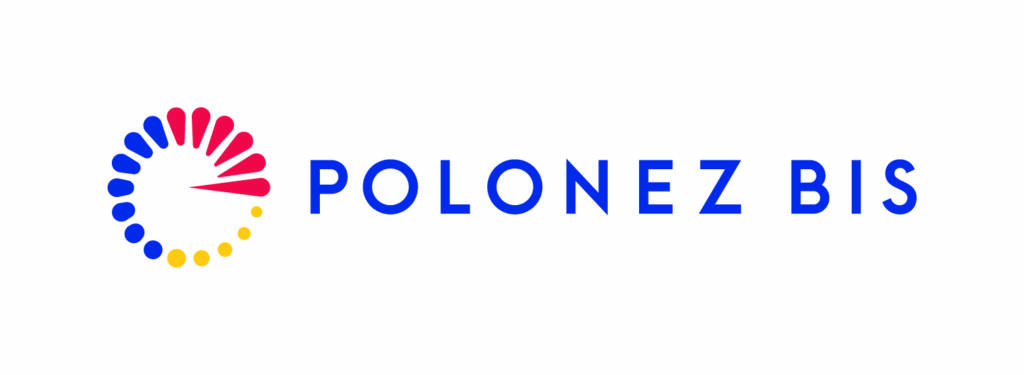The RESPIRATION project
Investigation of the influence of resonant phenomena of acoustic coagulation in air purification
Lead time: 26.04.2024–25.04.2026
Principal Investigator: dr inż. Vladyslav Yuriiovych Shybetskyi
Project acronym: RESPIRATION
Consortium budget: 1.005.967,00 PLN
Type of project: projekt badawczy NCN (POLONEZ BIS-2)
Place of project implementation: Sieć Badawcza Łukasiewicz – Przemysłowy Instytut Automatyki i Pomiarów PIAP
Popularizing description of the project:
The project aims to solve the problem of purification of air from fine particles with a diameter of less than 2.5 μm by increasing the efficiency of pre-treatment technology with acoustic field using resonators.
The pioneering nature of the project is determined by:
- the use of resonators, which are located in the path of the gas to be purified of fine particles.
- application of computer modeling by the finite element method for meaningful consideration of all factors influencing the process of acoustic coagulation.
Research goals is to:
- develop a theoretical mathematical model of the process, consisting of 3 interconnected parts: the model of the process of oscillations of resonators presented in the form of rods of complex geometry under the action of high frequency oscillations; model of the process of propagation of high-frequency oscillations in a continuous medium (air) through resonators; model of motion of fine particles in air under the action of high-frequency oscillations and their interaction with resonators;
- develop a complex computer model of the process of propagation of high-frequency oscillations in the acoustic environment (air) through resonators of different design in the ANSYS analysis system, consisting of 3 interconnected parts: to develop a computer model of the process of propagation of high-frequency oscillations in the acoustic environment (air) through resonators of different design; to develop a computer model of hydrodynamics of air movement with dispersed particles through resonators of different design; to develop a model of natural oscillations of the acoustic coagulation system and the occurrence of resonance in it;
- study the influence of high-frequency oscillations through resonators of optimized design on the quality of air purification by physical experiment. To establish regularities of influence of granulometric composition of fine particles, their concentration, mass and nature on the cleaning process;
- verify the data obtained during modeling and physical experiment;
- optimize the design of resonators in order to increase the efficiency of coagulation;
- conduct technology scaling and experimental studies of the possibility of using mobile devices of air purification systems based on acoustic coagulation in combination with the autonomy of robots to eliminate smoke, high concentration of fine particles in a confined space for rescue operations;
- disseminate the results of the project by publishing in high-impact publications and covering the results of international conferences, creating a website, conducting seminars, publishing in “Cordis” and “Horizon magazine”
Methods of mathematical modeling based on the equations of orthokinetic theory, hydrodynamics of fluid motion
(Navier-Stokes equation), and the theory of acoustic wake will be used to develop a theoretical mathematical model.
Computer simulations will be performed using the finite element method of the ANSYS analysis system. It is planned to use the principles of 3-D modeling using CAD programs to build geometric research models.
The study of resonant phenomena is planned to be performed in two stages:
- determination of natural frequencies by oscillation analysis – Modal (ANSYS)
- determination of resonant manifestations in the coagulation system by the method of acoustic response – Acoustic Response (ANSYS)
The influence of resonators on the hydrodynamics of gas flow will be determined using computational hydrodynamics Fluent (ANSYS): gas motion is described by the model of turbulence Realizable K-e; the trajectories of fine particles are provided by the Discrete Phase model. The project provides for a quantitative analysis of research results. The result of computer simulation will be charts of the variables, contours, vectors, trajectories of particle motion and the values of the number of particles, pressures, velocities. The experimental study determined the number of particles after air treatment, the loss of pressure in the system, the energy consumption to create oscillations. All of these parameters will be primary information. It will be registered by sensors and sent to the storage on laptop It is planned to use regression analysis to process experimental data and establish the relationship between their values.
Contact:
Unit implementing: Sieć Badawcza Łukasiewicz – Przemysłowy Instytut Automatyki i Pomiarów PIAP
Al. Jerozolimskie 202, 02-486 Warszawa
Business address of the project manager: vladyslav.shybetskyi@update.piap.lukasiewicz.gov.pl


This research is part of the project No. 2022/45/P/ST8/03621 co-funded by the National Science Centre and the European Union’s Horizon 2020 research and innovation programme under the Marie Skłodowska-Curie grant agreement No 945339



